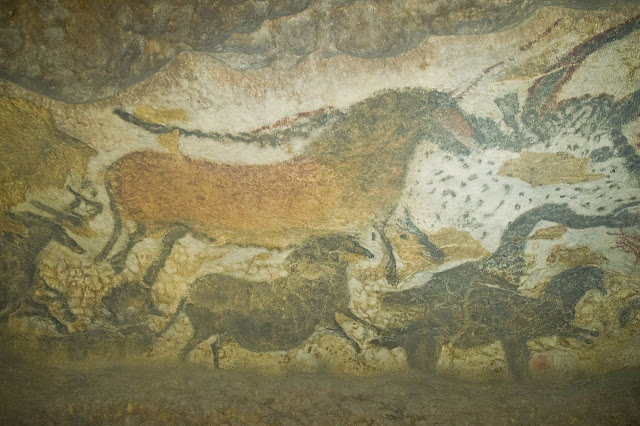Lake Anjikuni is incredible phenomena when entire
village vanishes and nowhere to be found. Lake Anjikuni is a lake in Kivalliq
Region, Nunavut, Canada. It is one of several lakes located along the Kazan
River; Ennadai Lake is to the south and Yathkyed Lake is to the north.The Lake
Anjikuni takes the things to the next level and disappears the entire village.
The incident took place in Nov 1930, when a trapper named Joe Labelle was
looking for shelter for night. Although he was very much familiar with the
village, whose population was around 2000 peoples? So, you might not believe
it, he made his way there and found quite an eerie scene the villagers were
nowhere to be found, everything else, including food and rifles had been left
behind. Since then, the story of Angikuni Lake has been a mainstay of Canadian
mystery lore.
The normal signs of life were entirely absent. Even
no laughter or the hubbub of conversation was detected. Therefore, Labelle
telegraphed the RCMP and an investigation started how the entire village burial
ground it was revealed that at least one (sources vary) grave had been opened,
clearly not by animals, and emptied. In addition, about 300 feet from the
village, the seven bodies 7 sled dogs were found, having starved to death
despite open stores of food at the village. However, some versions of the story
even report weird lights being seen above the lake around the time of the
disappearance.
Therefore, what would really happen? Not
confirmed yet, however there have been all sorts of claims about the cause for
the disappearance, including aliens, ghosts, and even vampires. However, RCMP’s
own website disregards the story as an urban legend, but with so various
versions of it floating around from so numbers of years ago, it’s extremely hard
to be certain. Except about the vampires, as believe can be certain it wasn’t
vampires. Currently, no physical evidence exists of a village at Angikuni Lake,
and nobody has ever published an account of going up there and clearing away
any remnants. So mainly trust on documentary evidence to find the real history
of the vanishing village.


































